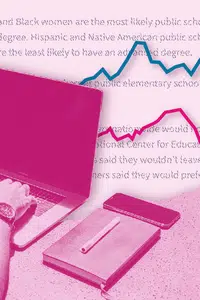Visualization
Our Changing Population
How has the population changed in the US? Understand the shifts in demographic trends with these charts visualizing decades of local population data.
Explore your county
USAFacts is a not-for-profit, nonpartisan civic initiative making government data easy for all Americans to access and understand. We provide accessible analysis on US spending and outcomes in order to ground public debates in facts.
Visualization
How has the population changed in the US? Understand the shifts in demographic trends with these charts visualizing decades of local population data.
Explore your countyCrime
In 2021, 54% of firearm deaths in the US were suicides.
See the dataRetirement
In 2019, about half of American households had no savings in retirement accounts.
How do you compare?Crime
In 2021, 81% of all homicides in the US were due to firearm-related injuries.
Explore the trends
Explore the most recent reports and articles to see how the nation’s been — and then test your knowledge.
Take the quiz









State of the Union
A data-driven, nonpartisan snapshot of the state of our union.
Newsletter
Keep up with the latest data and most popular content.



